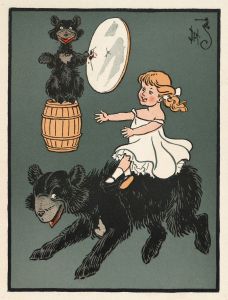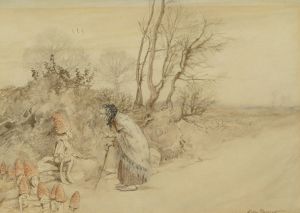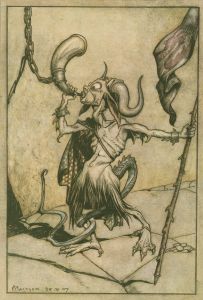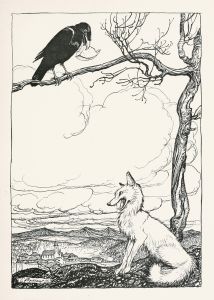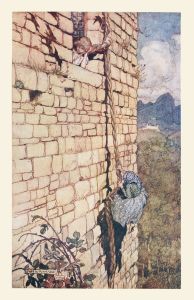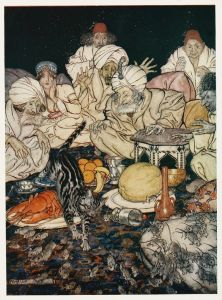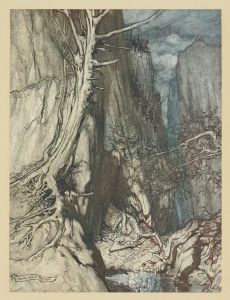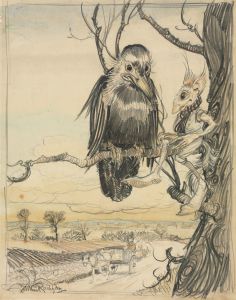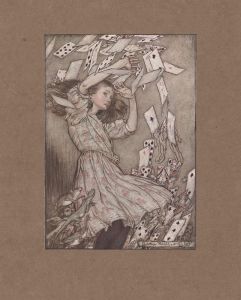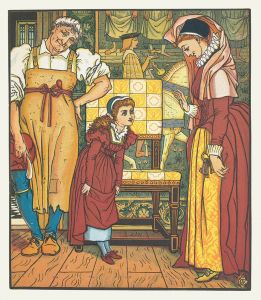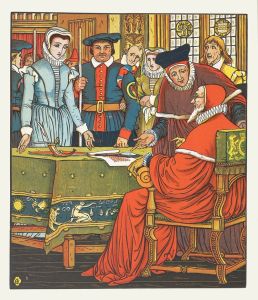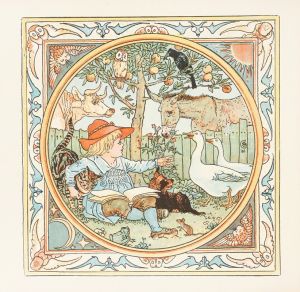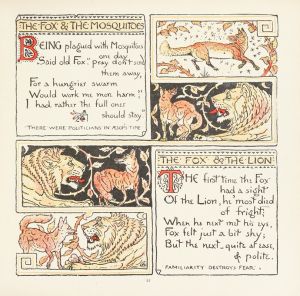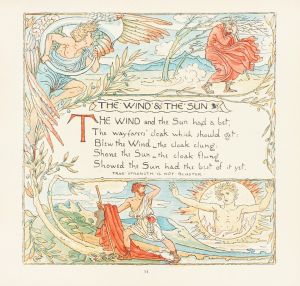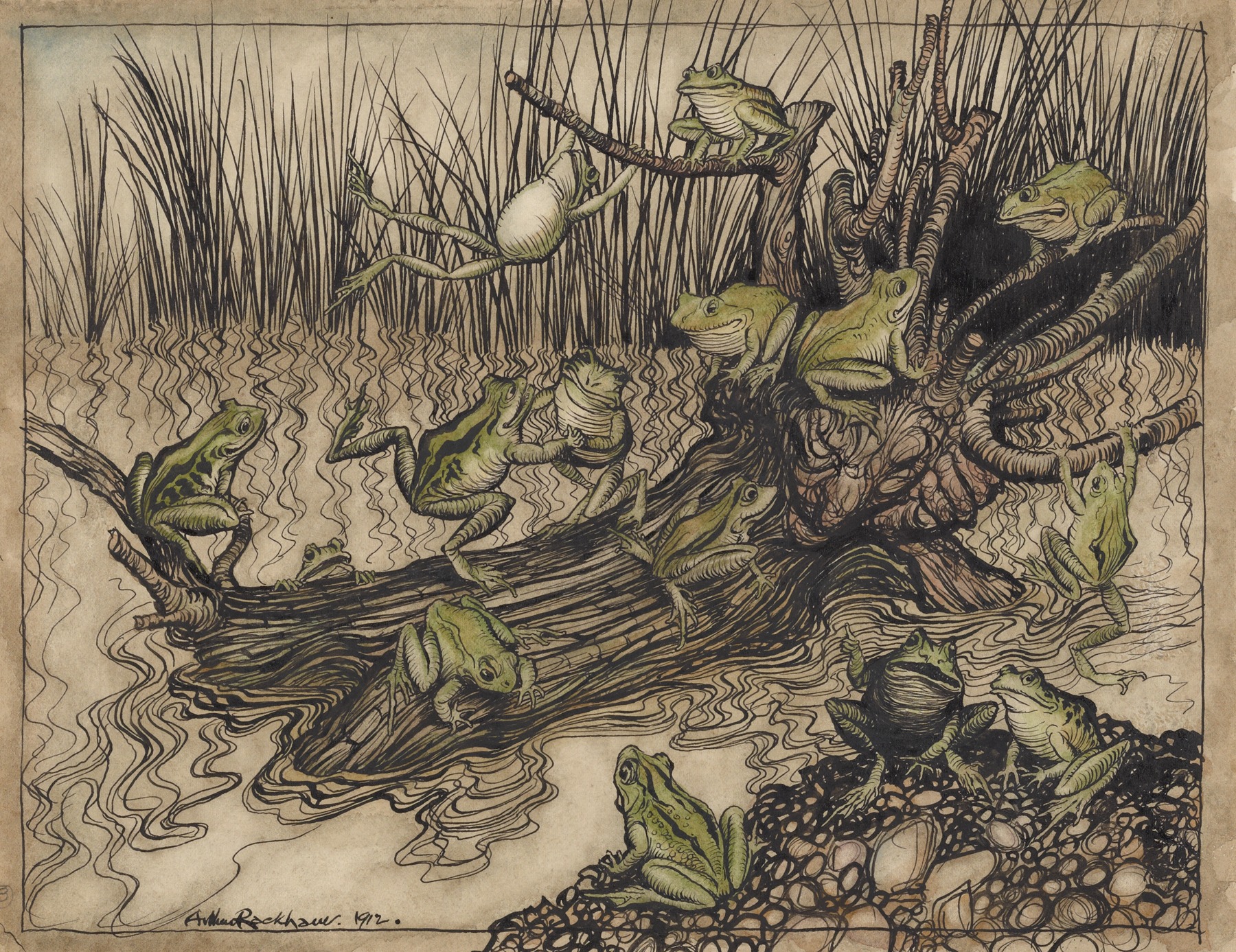
Aesop’s Fables. King Log
A hand-painted replica of Arthur Rackham’s masterpiece Aesop’s Fables. King Log, meticulously crafted by professional artists to capture the true essence of the original. Each piece is created with museum-quality canvas and rare mineral pigments, carefully painted by experienced artists with delicate brushstrokes and rich, layered colors to perfectly recreate the texture of the original artwork. Unlike machine-printed reproductions, this hand-painted version brings the painting to life, infused with the artist’s emotions and skill in every stroke. Whether for personal collection or home decoration, it instantly elevates the artistic atmosphere of any space.
Arthur Rackham was a renowned British illustrator known for his imaginative and detailed artwork, particularly in the realm of children's literature. One of his notable works includes the illustration for "Aesop’s Fables," a collection of stories attributed to Aesop, a storyteller believed to have lived in ancient Greece. Among these fables is the story of "King Log," which Rackham illustrated with his characteristic style.
"Aesop’s Fables" have been a significant part of literary history, offering moral lessons through simple yet profound stories featuring animals and inanimate objects as characters. The fable of "King Log" is one such story, which tells of a community of frogs that, desiring a king, petitioned Zeus for a ruler. Zeus, in response, sent them a log, which initially frightened the frogs but soon was disregarded as they realized it was harmless. Dissatisfied with their inert king, the frogs requested a more active ruler, prompting Zeus to send them a stork, which began to eat them. The moral of the story is a caution against discontent and the desire for change without considering the consequences.
Arthur Rackham's illustration of "King Log" captures the essence of the fable with his unique artistic style, which often included intricate line work and a muted color palette. Rackham's illustrations are known for their whimsical yet slightly eerie quality, which adds depth to the stories they accompany. His work on "Aesop’s Fables" was published in 1912, during a period when Rackham was at the height of his career, and it contributed to his reputation as one of the leading illustrators of his time.
Rackham's illustrations often featured anthropomorphic animals and fantastical elements, aligning perfectly with the themes of Aesop's tales. His ability to bring these stories to life through his art has left a lasting impact on the way these fables are visualized and appreciated. The illustration of "King Log" is no exception, as it vividly portrays the frogs and their interactions with the log and the stork, encapsulating the fable's moral lesson through visual storytelling.
Arthur Rackham's contribution to "Aesop’s Fables" is part of a broader body of work that includes illustrations for other classic tales such as "Peter Pan in Kensington Gardens," "Alice's Adventures in Wonderland," and "The Wind in the Willows." His work has been celebrated for its ability to capture the imagination of both children and adults, making timeless stories accessible and engaging through his artistic vision.
In summary, Arthur Rackham's illustration of "King Log" from "Aesop’s Fables" is a testament to his skill as an illustrator and his ability to convey the timeless morals of Aesop's stories through his distinctive and evocative artwork.





